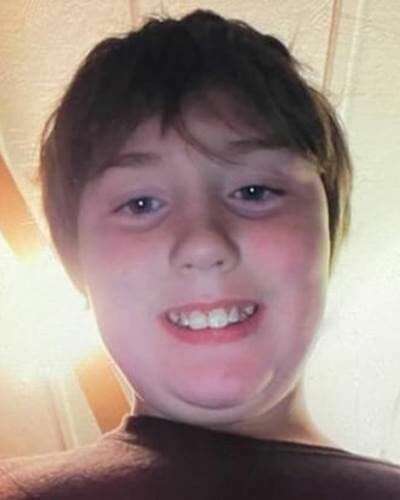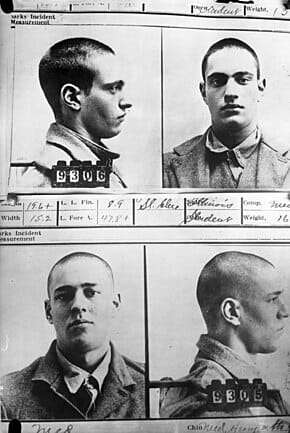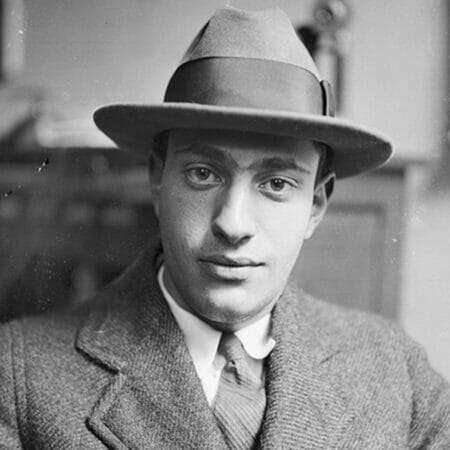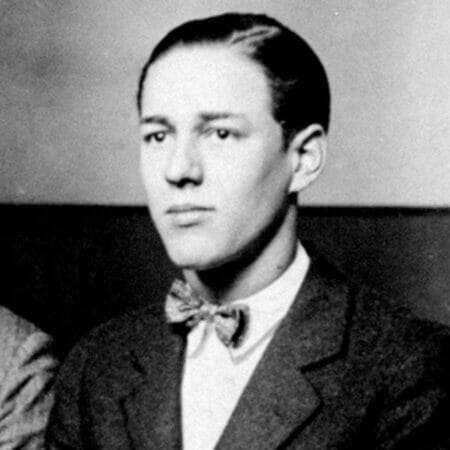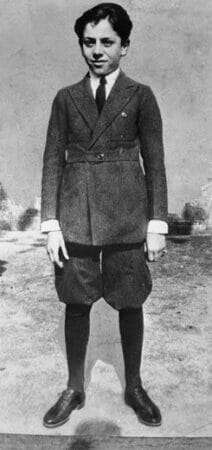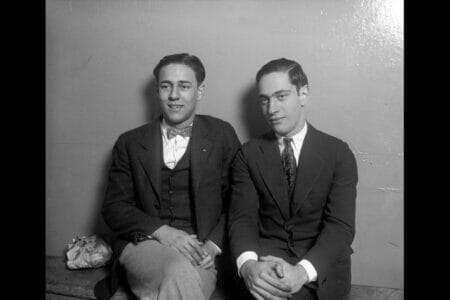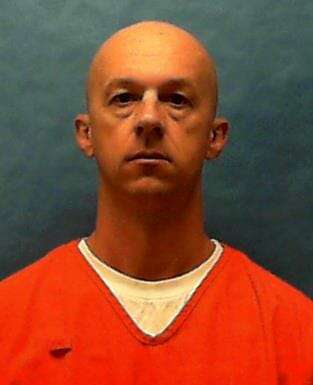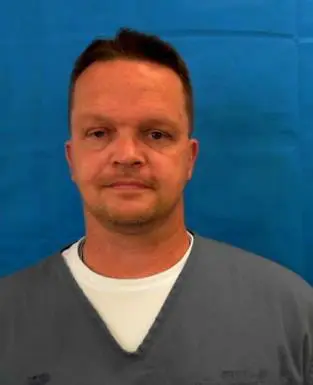
Pauline Parker and Juliet Hulme were two teen killers who would shock New Zealand back in 1954 when they would murder Honorah Rieper who was the mother of Pauline. According to court documents Pauline Parker and Juliet Hulme would go for a walk with Honorah Rieper which would end with the two teen girls would beat the woman to death with part of a brick that was swung inside of a stock. Following the murder the two teen killers would return to a tea room where the three had lunch earlier and told the owners that Honorah Rieper had fallen and cut her face. Needless to say the story fell apart with the discovery of the body and Pauline Parker and Juliet Hulme would be arrested. After a trial the two teen killers would spend the next five years in prison. Pauline Parker was given a new name once she was released from prison, now known as Hilary Nathan the young woman would move to England where she would run a riding camp for children. Juliet Hulme would also move to England where she would be now known as Anne Perry who had a career as a successful writer. It was not known until forty years after the murder that the writer Anne Perry was once known as the murderer Juliet Hulme
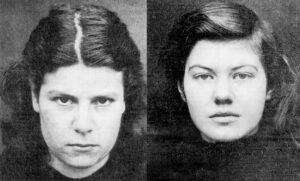
Pauline Parker and Juliet Hulme More News
This month marks 65 years since two distressed and blood-covered teenage girls ran out of a wooded area in Christchurch’s Victoria Park, crying for help.The couple who owned the tea kiosk in the park recognised them; they’d left the tearooms just a few minutes earlier after eating there with an older woman.One of the girls wailed, “Please help us, Mummy is hurt, covered in blood,” so Agnes Ritchie took them inside the kiosk while her husband Kenneth, thinking the woman had suffered a fall, headed off down the path they’d just come from, to see if there was anything he could do.A few minutes later and about 130 metres down the path, he found the battered body of Honorah Rieper (45). Her severe injuries suggested that this was no accident.The police were called and they discovered half a brick in a bloodied stocking thrown under some nearby trees.So began the investigation into a case that has gone down as one of the most intriguing in New Zealand’s criminal history and that is still a subject of fascination all these years later.
Known as the Parker-Hulme murder, the case shocked the nation because perpetrators Pauline Parker and Juliet Hulme were teenage girls, and the victim was Pauline’s mother.It was June 1954 and this kind of thing just didn’t happen in New Zealand.”The city of Christchurch is reeling,” wrote a commentator. “Teenage girls don’t go around murdering their mothers.”Honorah’s daughter Pauline Parker(16) was the first one taken away for questioning (at the time, both mother and daughter used the surname Rieper, but when it was realised that Honorah wasn’t married to her partner, Herbert Rieper, the courts used the legal surname of Parker for both the victim and the accused).A search of her home uncovered her diaries, in which Pauline had written about the “moider” she and Juliet (15) planned to commit. The entry for June 22, the day Honorah died, was headed, “The Day of the Happy Event”.Juliet was also arrested and charged with murder, and the subsequent trial was followed with bated breath by all New Zealanders.
It emerged the two girls had become close friends two-and-a-half years earlier when they met at Christchurch Girls’ High School.Their friendship initially seemed to be an unlikely one as they were from completely different backgrounds. British-born Juliet had emigrated to Christchurch from the UK when her father, physicist Dr Henry Hulme, landed a job as the rector of Canterbury University. She lived with her family in a rather grand home.Meanwhile, Pauline’s working-class, inner-city home doubled as a boarding house run by her mother Honorah, while her father worked in a fish shop.But class didn’t matter to the girls, who were both highly intelligent, and bonded over their love of books and their health problems. Pauline Parker had suffered from osteomyelitis, a painful bone infection, as a child; Juliet had a history of tuberculosis and had been sent at various times from the UK to the Bahamas and South Africa to recuperate in warmer weather.Both had lively imaginations and created a fantasy world that they went from writing about to acting out. They took on new names – Pauline was Gina, Juliet was Deborah – and were fascinated with a religion they dreamed up in which they worshipped “saints” based on celebrities such as opera singer Mario Lanza.Eventually, their obsession with this fantasy world became so all-encompassing that their parents met to discuss how to break up their intense friendship.A doctor they consulted said he believed the girls had a sexual relationship, something Juliet would later deny.Then came an opportunity to separate the two. Henry Hulme discovered his wife, Hilda, had been having an affair, and they decided to end the marriage. He planned to move to South Africa with Juliet and her brother Jonathan.Pauline Parker wanted to go with them, but was convinced her mother wouldn’t let her. So a plot was hatched to get rid of the obstacle who would no doubt prevent the two girls from being together: Honorah
At the trial in August 1954, Pauline’s diary was produced as evidence that her mother’s death was planned in advance. She had written about their intention to kill Honorah and make it look like an accident. She said Juliet was “worried but does not disagree violently”.On June 19, she wrote about the carefully worked-out plan, adding that they were “thrilled by the idea. Naturally we feel a trifle nervous but the pleasure of anticipation is great.”This was followed on June 21 by, “We decided to use a rock in a stocking, rather than a sandbag. We discussed the moider. I feel keyed up, as if I were planning a surprise party.”Honorah died the next day, suffering more than 20 blows to the head. Both girls eventually made full confessions, admitting that they had both battered Honorah with the brick.Their lawyers tried to say they were guilty by reason of insanity, and had no idea that what they did was wrong. Defence psychiatrists claimed the pair were delusional “due to homosexuality”. Thanks to claims such as these, the trial was a sensational affair.The defence alleged the pair were mad, while the prosecution described them as “dirty-minded girls”. They were found guilty and ended up spending five years each in prison – Pauline in Christchurch and Juliet in Auckland.
When she was released from prison, Juliet went back to England where she held down a variety of jobs. She also became a member of the Mormon Church and lived in America for a while.The public had no idea what had become of her until the 1994 release of Sir Peter Jackson’s film about the murder, Heavenly Creatures, inspired Kiwi journalist Lin Ferguson to track Juliet down.Hearing she’d changed her name and become a novelist, Lin checked the birth dates of writers until she found a match with a Scottish-based writer called Anne Perry.Not only did Anne turn out to be Juliet Hulme, but she was a very successful writer of crime books, with more than 20 million copies of her 100-plus novels and novellas in print. The fact a teenage killer was now making a living writing about murder became a huge story worldwide.Anne admitted to her past and has spoken to journalists, documentary makers and a biographer since, saying that she believed Pauline would have killed herself if she didn’t go along with the plan.Plus she felt she owed Pauline, who had written to her every single day when she was sent to a sanatorium for three months thanks to her tuberculosis.”The letters were a lifeline and I felt when she needed a lifeline, I owed her,” she told the Listener.She said she had made peace with what she did.”A long time ago, yes. Admit you’re wrong, say you’re sorry and then move on from there.”
Pauline’s whereabouts remained unknown for another two years, when journalist Chris Cooke located her also residing in the UK. She was living a reclusive life in a quiet village in Kent, teaching children to ride horses. She had changed her name to Hilary Nathan.Hilary didn’t want to talk about her past, but older sister Wendy explained that she was deeply religious and led a very solitary life.”She doesn’t have any contact with the outside world,” she said in a New Zealand Woman’s Weekly story.”She is a devout Roman Catholic and spends much of her time in prayer. She hasn’t got a TV or radio, so would never have heard what Anne Perry had to say and wouldn’t care.”Wendy revealed that Hilary told her their mother’s death was a situation that “got out of hand. She said it was something that grew and grew out of all proportion. After it happened, she was very sorry about it. It took her about five years to realise what she had done.”Hilary (now 81) later moved to Scotland, setting up home in the remote Orkney Islands. She has apparently had no contact with Anne (80), who now spends much of her time in Los Angeles, working on getting some of her books made into films.One book she won’t be writing is her autobiography. Although she did talk to biographer Joanne Drayton for the book The Search for Anne Perry, she has no desire to write her story herself, according to an interview she gave after her identity was revealed.”I don’t think I have the right to write about other people’s lives. I’m so tired of it anyway. I wish it would go away.”

